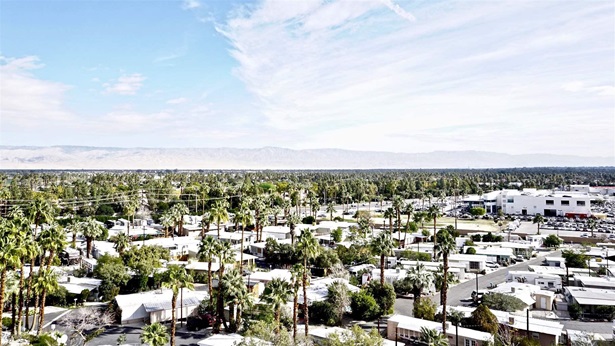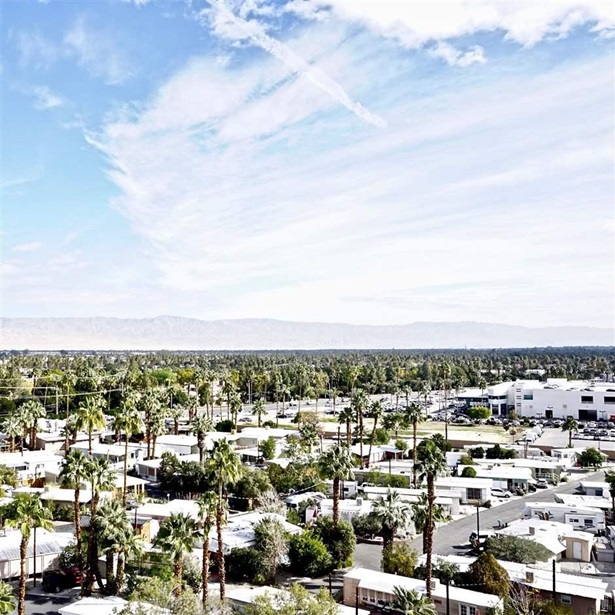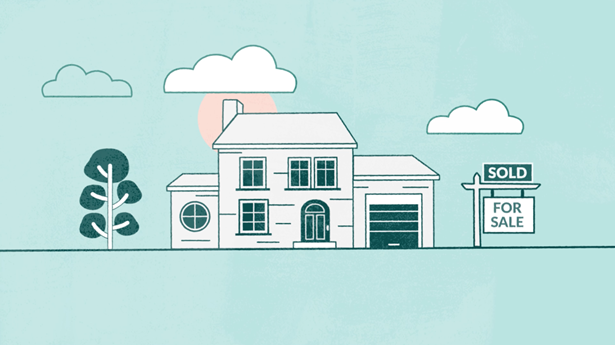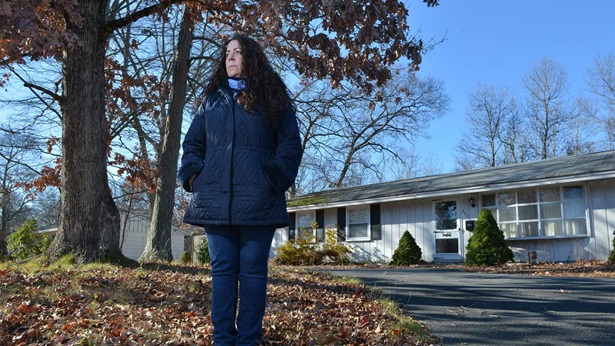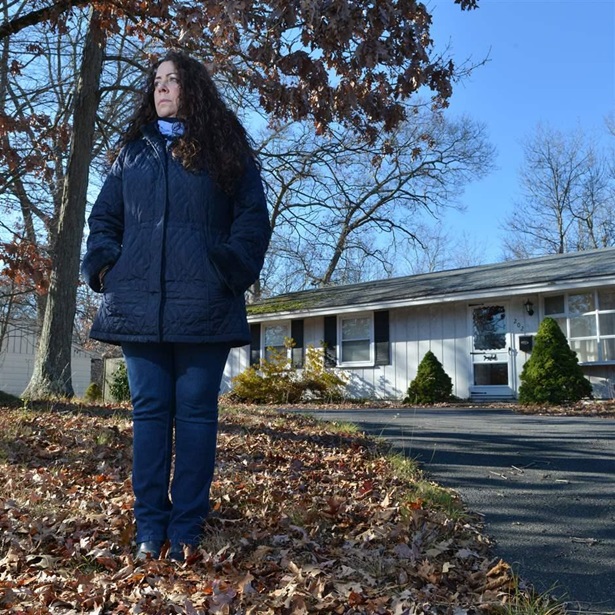Community Reinvestment Act Update Could Incentivize Loans for Manufactured Homes
Lack of financing options for this type of low-cost housing reduces affordability for low- to moderate-income families
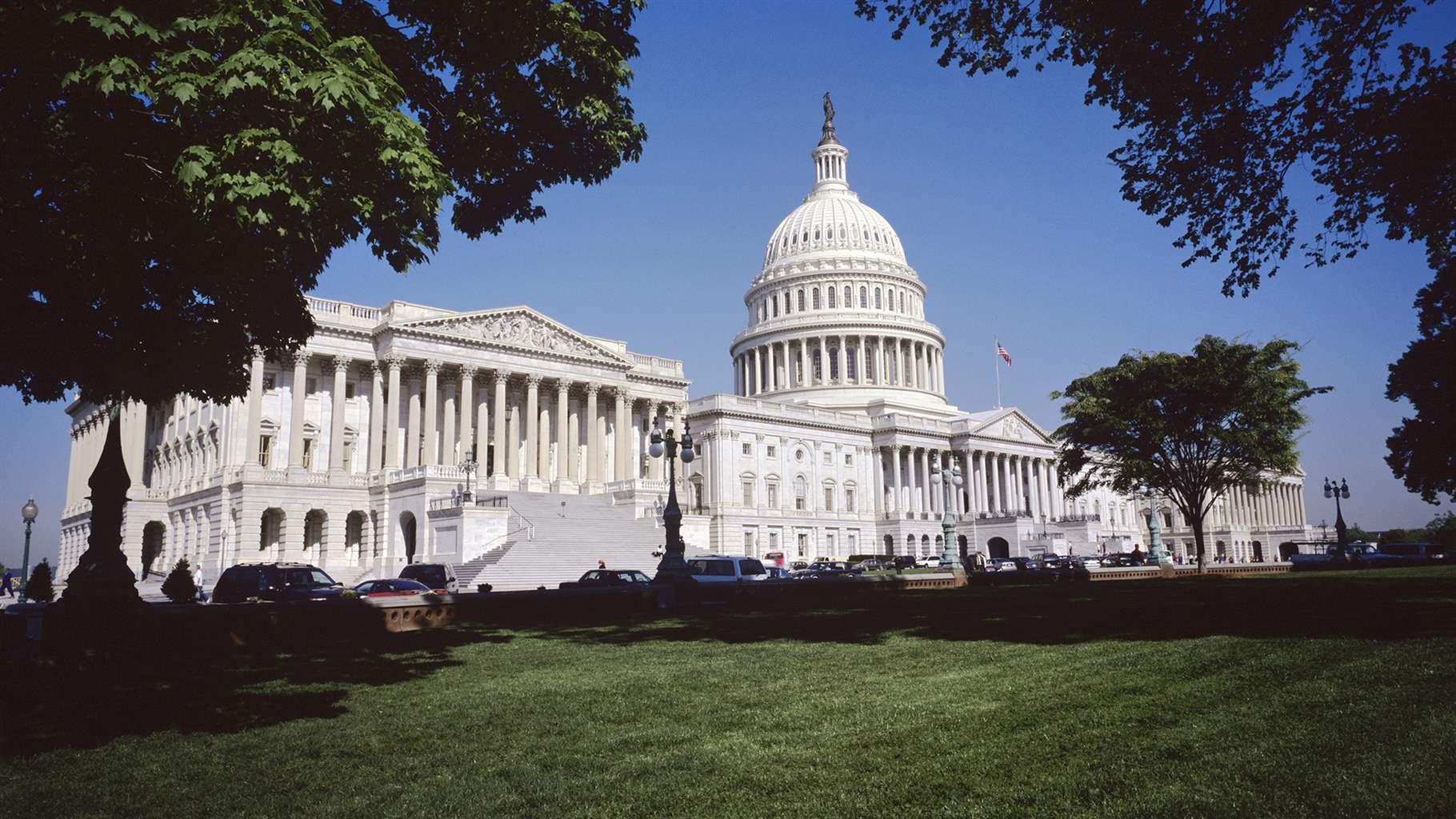
The Federal Reserve Board is exploring ways to modernize the Community Reinvestment Act (CRA), a law passed by Congress in 1977 to encourage banks to invest in the communities where they operate, particularly in low- and moderate-income neighborhoods. The board’s proposed update, released in late 2020, takes positive steps to expand credit in underserved communities, but it does not discuss loans for manufactured homes, often referred to as mobile homes and the largest source of unsubsidized affordable housing in the U.S.
Much has changed since passage of the CRA nearly 45 years ago, such as widespread access to internet banking, the rise of nonbank options, and the closure of local branches, which have led to financial deserts in many low-income and rural areas. As part of its response to the board’s request for comment, The Pew Charitable Trusts in February called for clearer guidance regarding how banks can get credit for financing manufactured homes with safe and affordable personal property loans, in addition to expanding access to small mortgages (under $150,000).
Updates to the CRA can improve options for people looking for lower-cost homes by making it easier to find financing for manufactured housing. Doing so could expand competition in a market now dominated by just a few nonbank lenders, increase the supply of reasonably priced loans, and reduce interest rates, which would help keep payments affordable.
Manufactured homes more common in financially underserved communities
Twenty-two million people reside in manufactured homes. Those in rural America are more likely to live in these units. Still, nearly half of these homes are in metropolitan areas and they represent an important source of low-cost housing nationwide.
In 2014, the Consumer Financial Protection Bureau found that people living in such residences are more likely to have low incomes, assets, and net wealth than those in traditional site-built homes. Interestingly, they also have lower debt-to-asset ratios, which may be due to more conservative borrowing behavior or less access to credit for these households. Most manufactured home residents are non-Hispanic White people. However, Hispanics, Latinos, and Indigenous peoples—especially those on reservations—make up a larger share of residents dwelling in manufactured housing than in site-built homes.
Few lenders offer loans for manufactured home buyers
Manufactured homes can be difficult to finance for two reasons: first, there is a general shortage of small mortgages nationwide—even for qualified buyers—and second, personal property loans are offered by relatively few lenders and at higher interest rates, which undermines affordability. Updates to CRA regulations could improve access to small mortgages nationally for both manufactured and site-built homes. Although manufactured home buyers who own their land could finance with mortgages, most still use personal property loans; the CRA update could incentivize banks to increase the supply of both loan options.
Despite the prevalence and importance of manufactured homes in lower-income communities, they have not been an explicit focus of CRA reviews or part of most banks’ lending programs. The Mortgage Bankers Association noted in a 2017 comment letter to the Federal Housing Finance Agency (FHFA) that the “lack of competition in the manufactured housing market results in the limited availability of long-term fixed rate loans at the most competitive interest rates and constricted options for the purchase, resale, and refinance of [these] properties.”
The FHFA wants to bolster the secondary market for manufactured homes. Accordingly, it has required Fannie Mae and Freddie Mac, the companies it oversees, to purchase mortgages for manufactured housing, which will increase lending. However, personal property loans lack a strong secondary market—a serious obstacle to banks’ ability to offer this financing. As a result, such loans generally must be retained “on portfolio,” which keeps banks from replenishing funds and reduces their available dollars to loan out.
Improving access to safe and affordable loans for manufactured homes
Revising the CRA rules to cover manufactured home loans—while ensuring that they are safe and affordable—could increase the availability of financing for this underserved market and provide liquidity to the originating lenders.
In our comments on the Federal Reserve’s proposal, Pew noted that banks currently get downgraded for predatory loans in this market. This should continue, but the board has an important opportunity to encourage banks to offer safe and affordable personal property loans for financing the purchase of manufactured homes. Specifically, the board could consider three ways to improve access to loans for manufactured homes:
- Include safe and affordable manufactured housing personal property loans on the list of CRA-eligible activities so that banks have certainty about credit for these loans.
- Allow banks to get CRA credit for the purchase of qualified personal property loans from originators, which would allow more loans to be made.
- Encourage qualified personal property loans by giving CRA credit based on the number, rather than dollar amount, of loans in this space. Doing so could incentivize lenders to provide more loans rather than merely larger ones and is especially important because these homes are often low-cost.
Pew is researching the issues around lending for manufactured housing to identify hurdles or harms associated with various financing arrangements. The ultimate goal is to find opportunities to expand the availability of safe and affordable loans.
Nick Bourke is the director and Rachel Siegel is a research officer for The Pew Charitable Trusts’ consumer finance and home financing projects.
